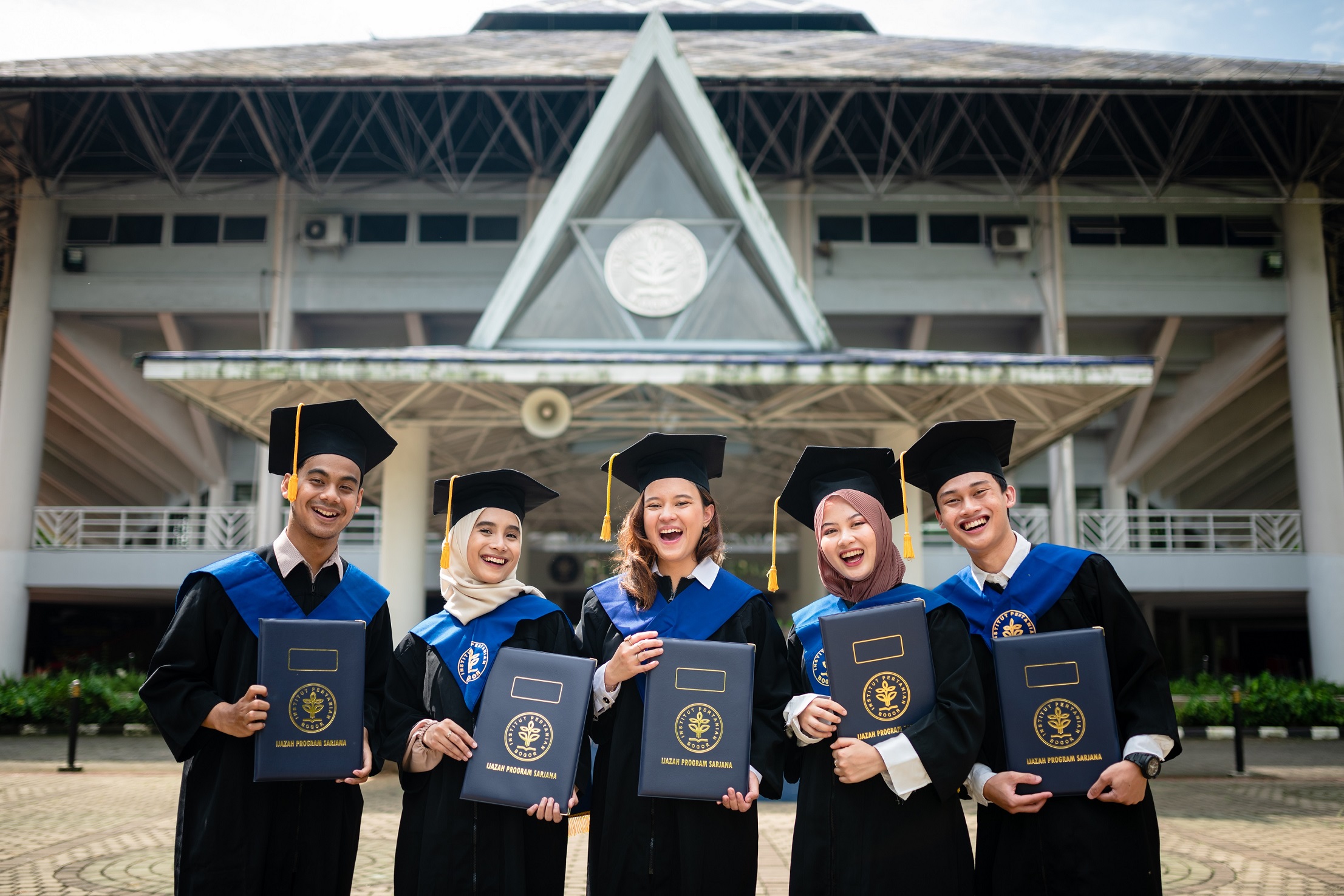Steel Slag as Toxic Waste Which Falls Under B3 Category
Ministry of Environment through Ivan Suwargana has explicitly stated that the waste of steel slag is categorized under the Hazardous and Toxic Waste (B3). The decision whether a certain waste falls under Hazardous and Toxic Waste (B3) or Non-Hazardous and Non-Toxic Waste (Non B3) is actually depending on the respective country. USA and other countries like Japan, decided that the steel slag waste is determined as special waste and not B3 waste.
"Each country has its own policy related to waste of steel slag. Indonesia decided that the waste of steel slag is fall under the B3 waste and is very toxic. The decision differs from other developed countries, such as Japan and America. They are capable to recycle those wastes and utilize them into other products that are in accordance with safety standards, "said Ivan who currently serves as Head of B3 Waste utilization, of the Ministry of Environment when he presented his article for the International Workshop on "Utilization of Steel Slag for Agriculture" held at Faculty of Agriculture – Bogor Aggricultural University (Faperta – IPB), in IICC, on 23 August 2010.
According to him, Indonesia still unable to manage the B3 waste properly. Waste of steel slag is usually produced by the Indonesian steel industry, and they are in the form of nugget. Thus, further steps are really required to process the waste into other products that are safe and has the economic value.
"Japan and the USA are capable to process waste of steel slag into liquidified steel for further utilization," he added. B3 waste management is a very high risk if not managed properly. This means that B3 waste should be managed since the time they were formulized up to its time of despositioned, they should be clearly detacted and noted down.
According to Deputy of Waste Management of B3 on the Waste Management Policy, the largest potent B3 waste producer of Indonesia is Java, that reach about 50%. Followed by the island of Sumatra, including Batam and its viccinity for 30% and East Kalimantan for 20%.
"Based on the studies of the Ministry of Environment, they informed us that the majority of B3 wastes have not been managed in accordance with the principles of environmental management. For example, waste is stored at the factory site, cover with sands or even disposed directly into the industrial sites, "he said.
It is the accumulation of lack of awareness of steel producers on the dangers of wastes and the need for B3 waste management and unavailability of adequate facilities for the B3 waste management of throughout Indonesia.
Research programs on the utilization of B3 waste have been implemented since 1980. The Dean of the Faculty of Agriculture of Bogor Agricultural University, Prof.Dr.Ir. Didy Sopandie, M. Agr in his remarks stated that most of those research programs were on the increasing of soil pH and the utilization of waste of steel slag as source of silicon (Si) for the cultivation of rice.
"Although silicon is not an essential nutrient, but this element is very important for rice cultivation. Several studies in Japan showed that the application of silicon from steel slag may improve the productivity of rice. In Indonesia, the steel slag waste-related research has been carried in agricultural fields, especially in Java, "he said.
According to him, Indonesia has been trying to apply something similar, but not yet succeeded in raising rice productivity. On the other hand, the utilization of waste of steel slag in peatlands in Indonesia is more prospective.
Accordingly, the Faculty of Agriculture, as the organizers has invited Tsuyoshi Sasaki and Masashi Maruyama of Sumitomo Metal Industry, Prof.Dr. Itsuo Goto, from Tokyo University of Agriculture, Japan, as well as researchers and businessmen on waste of steel slag. "Such program is organized to exchange information from all stakeholders with the hope of finding an appropriate solution in utilizing waste of steel slag in agriculture," he said. (Wied).



